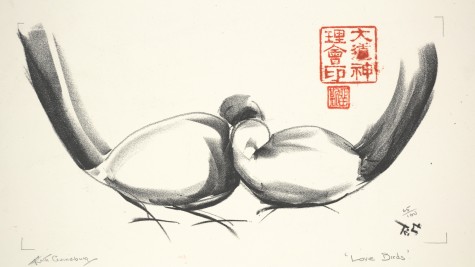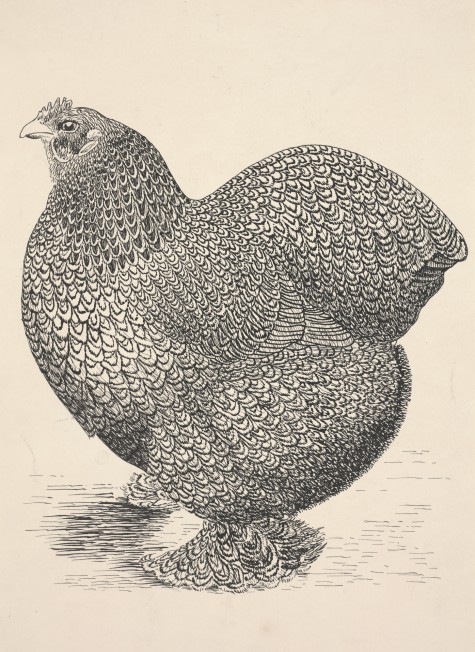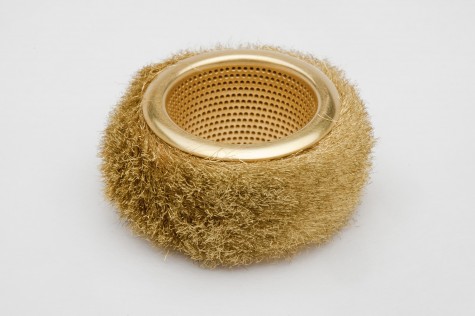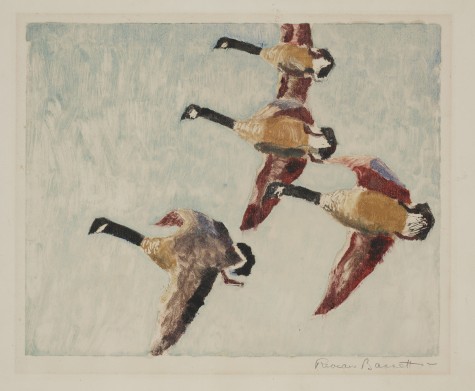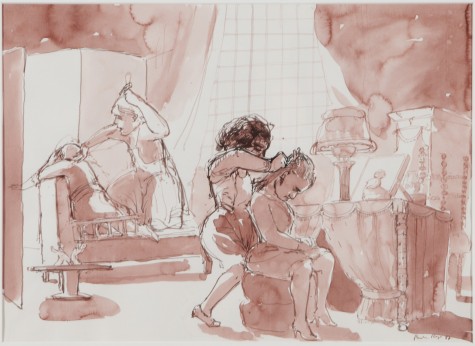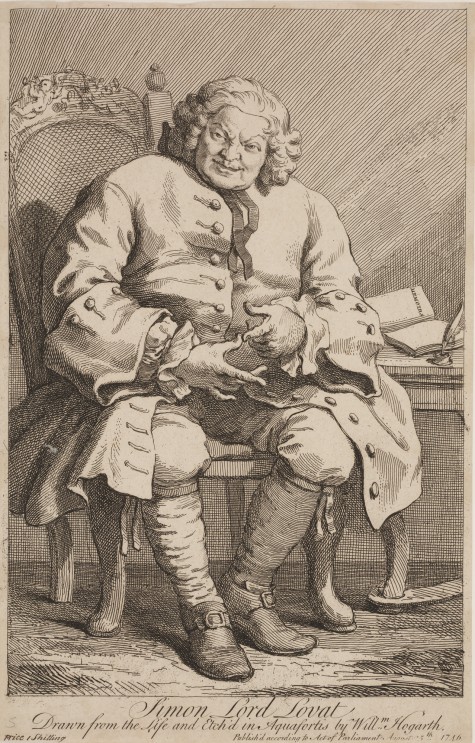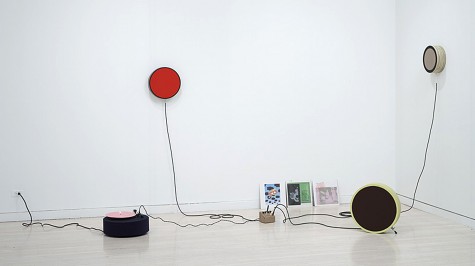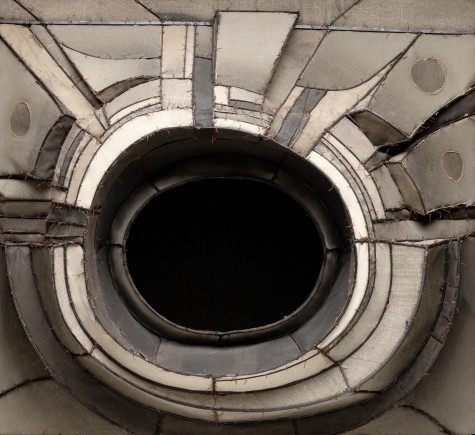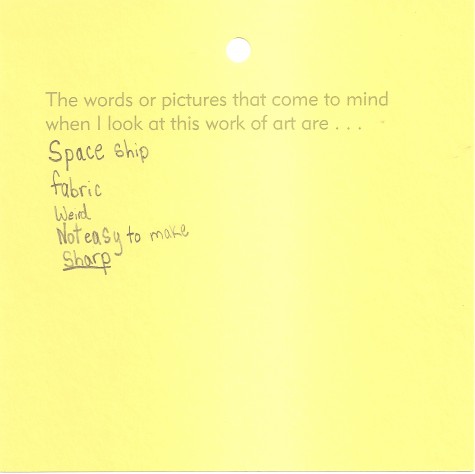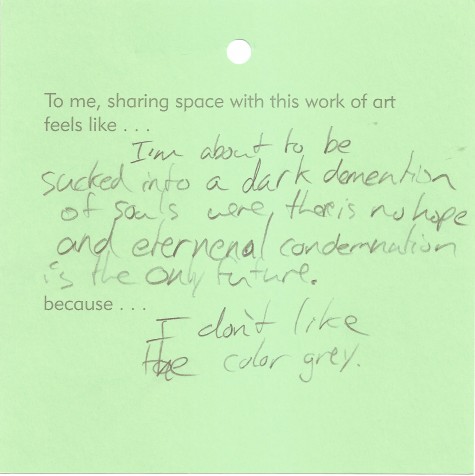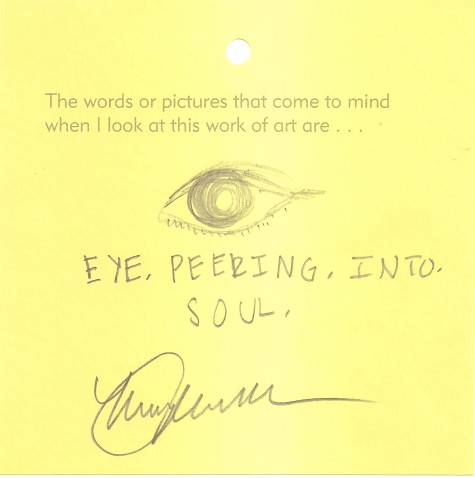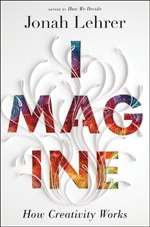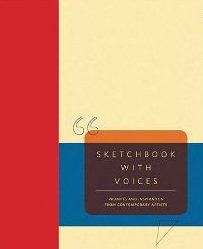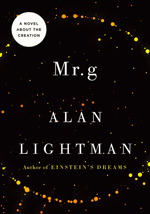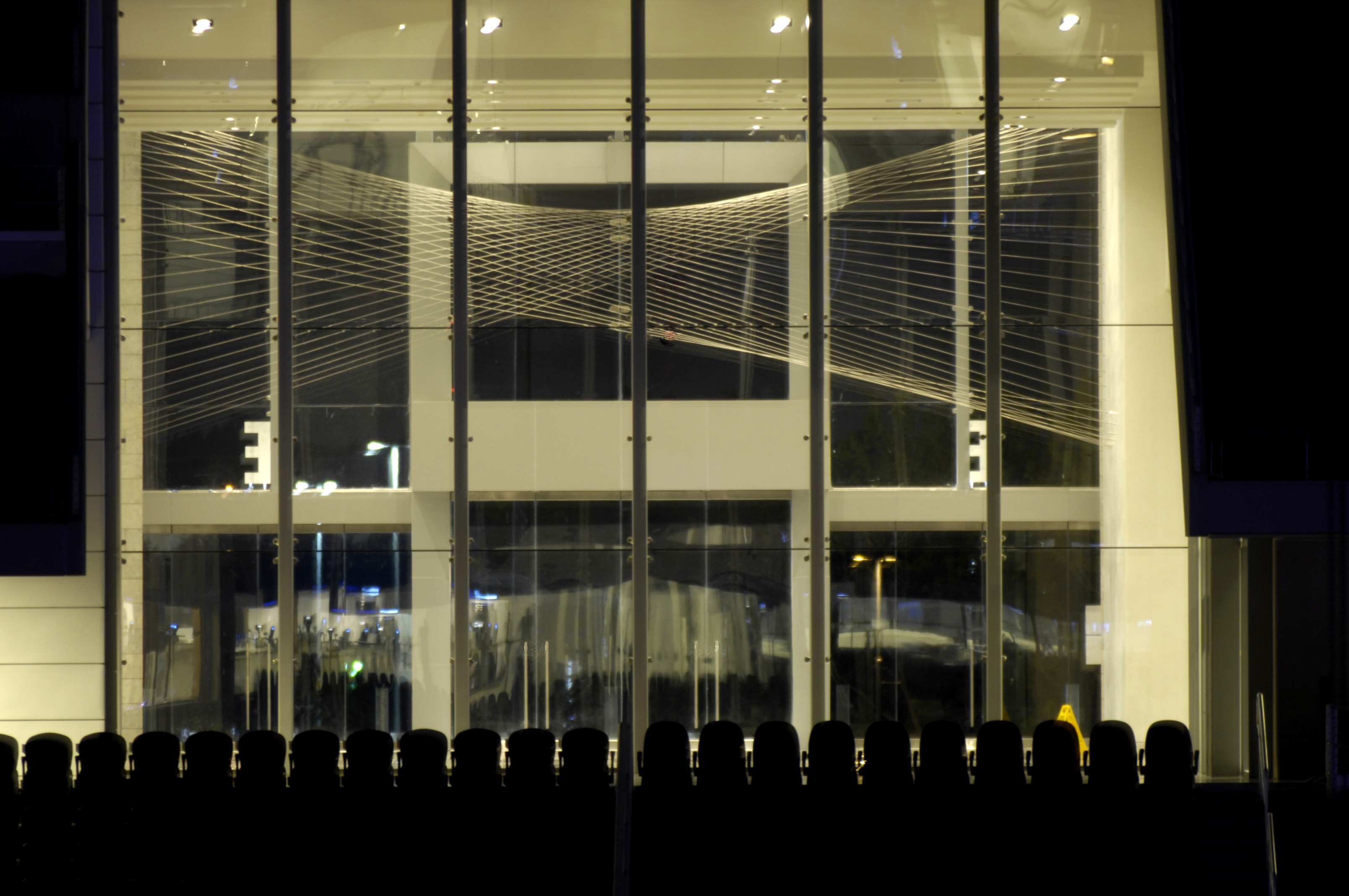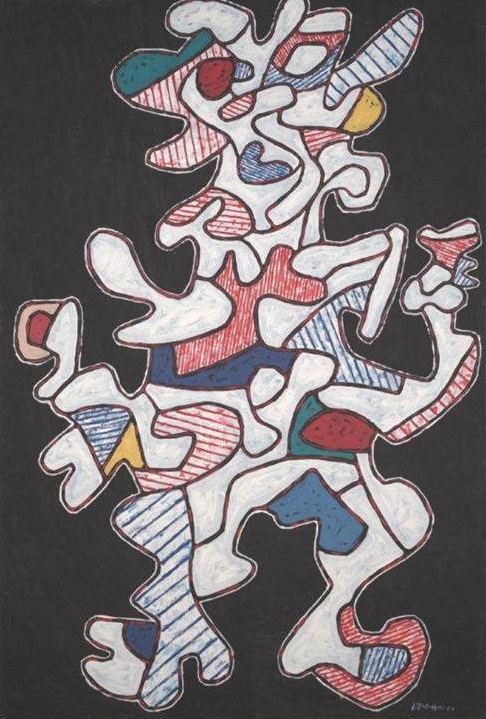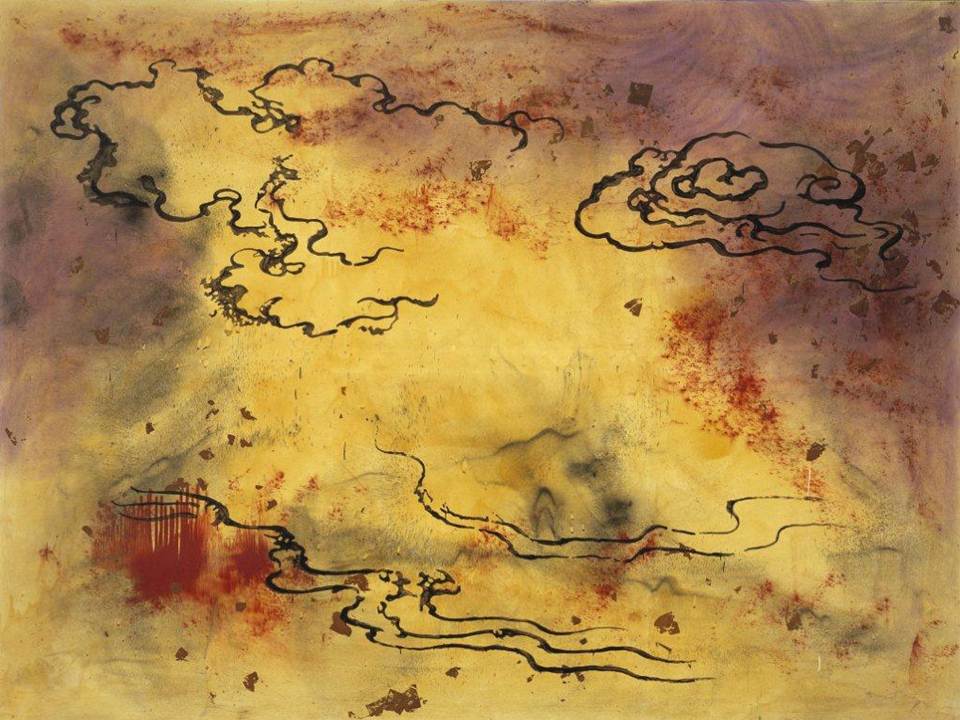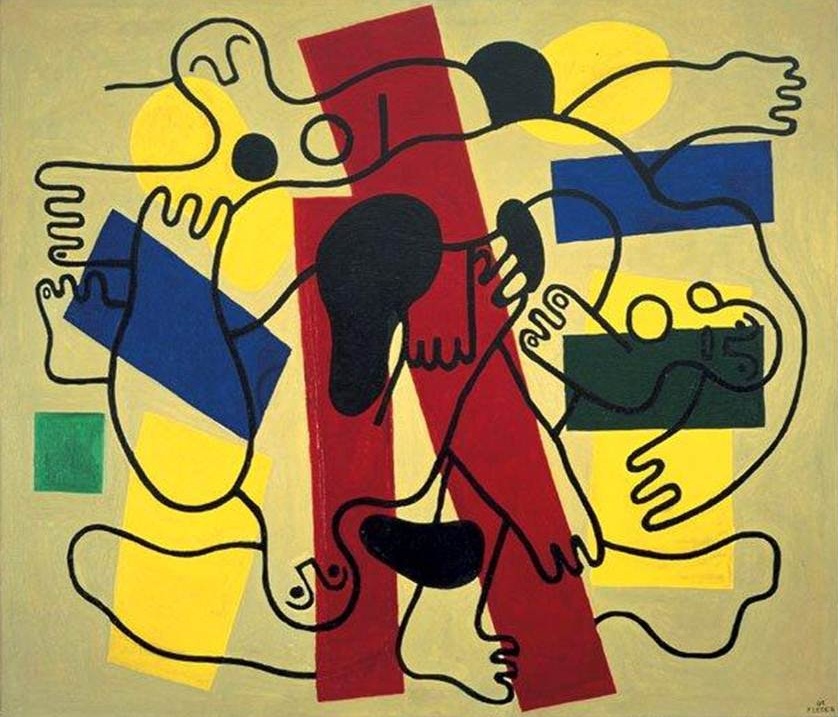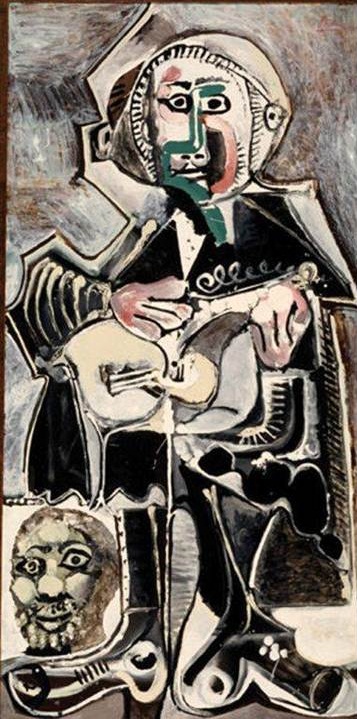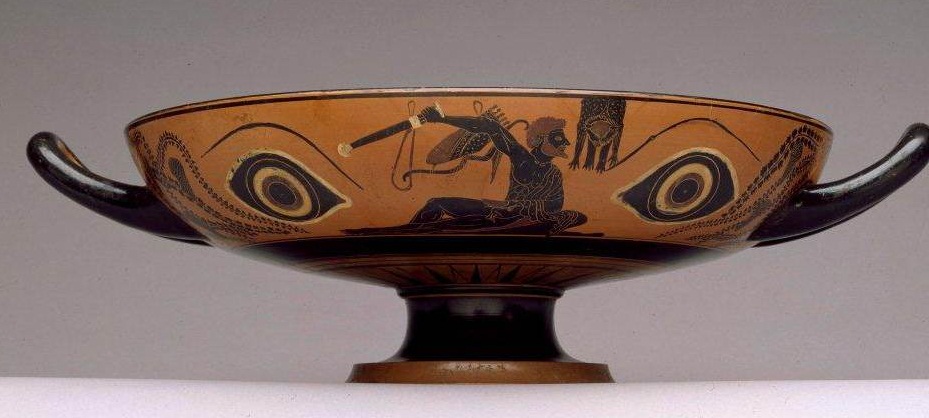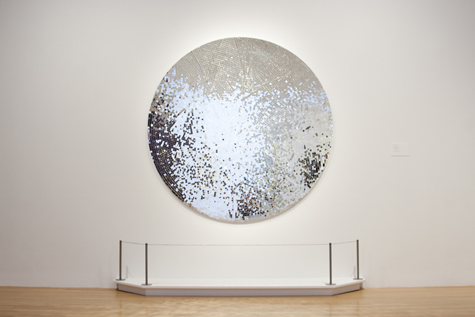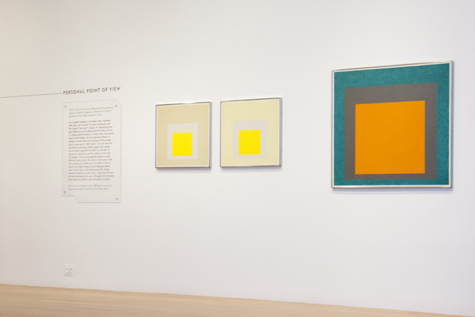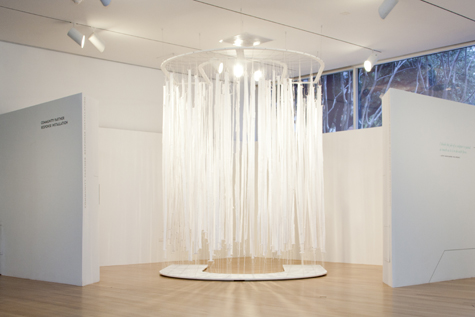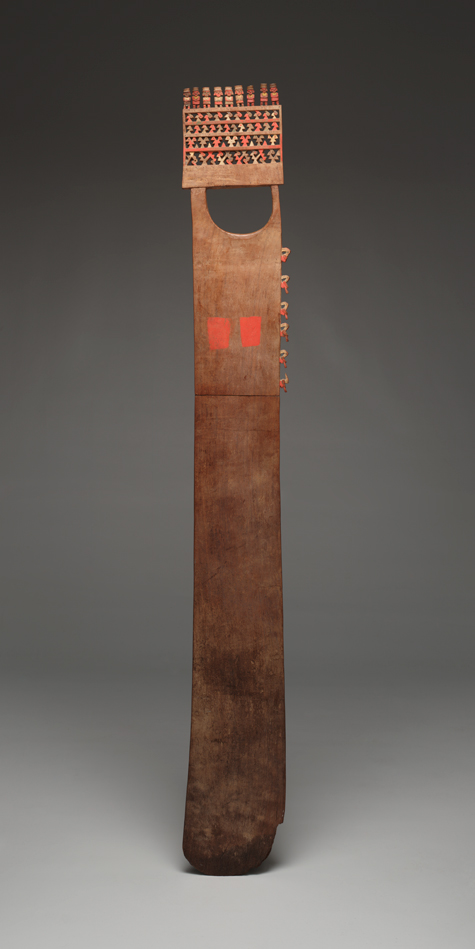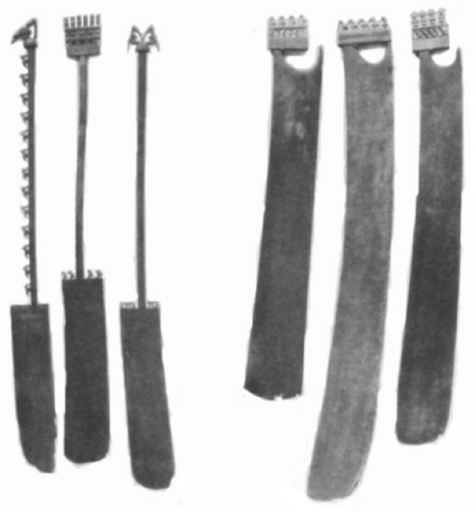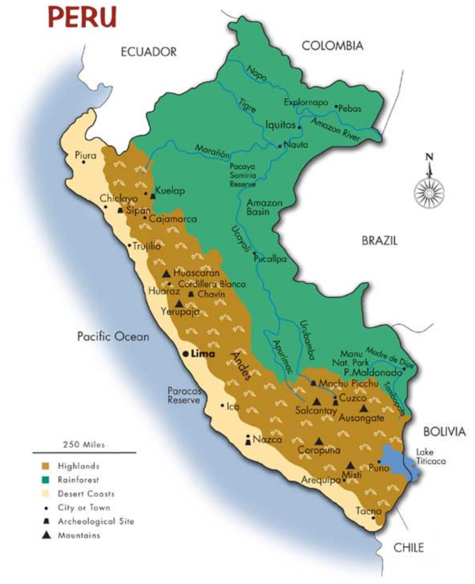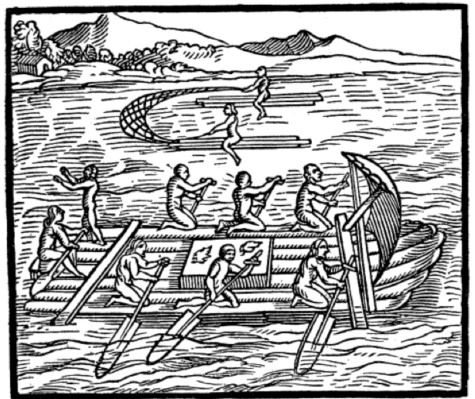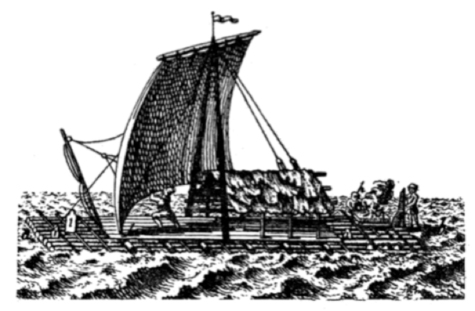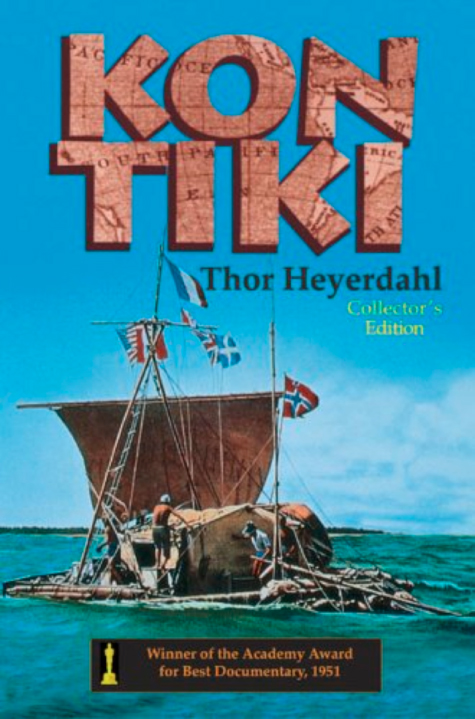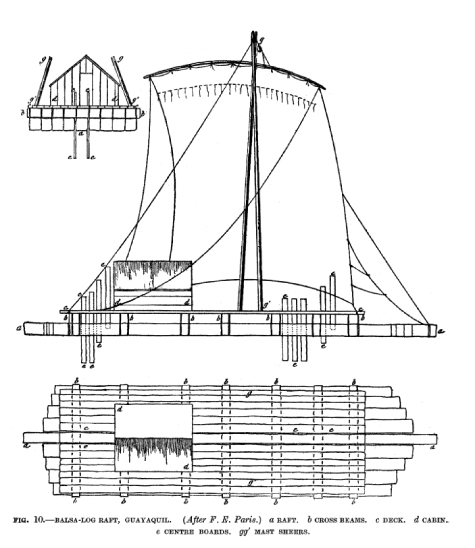As Christmas approaches we wanted to share with you some works from our collection inspired by the song The Twelve Days of Christmas.
On the first day of Christmas my true love gave to me….Yucca and the Prickly Pear
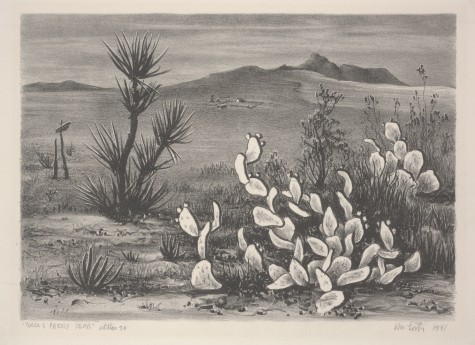
William Lester, "Yucca and the Prickly Pear", 1941, Dallas Museum of Art, gift of A. H. Belo Corporation and The Dallas Morning News
On the second day of Christmas my true love gave to me…Love Birds
On the third day of Christmas my true love gave to me a….Hen
On the fourth day of Christmas my true love gave to me a…Bird-form finial
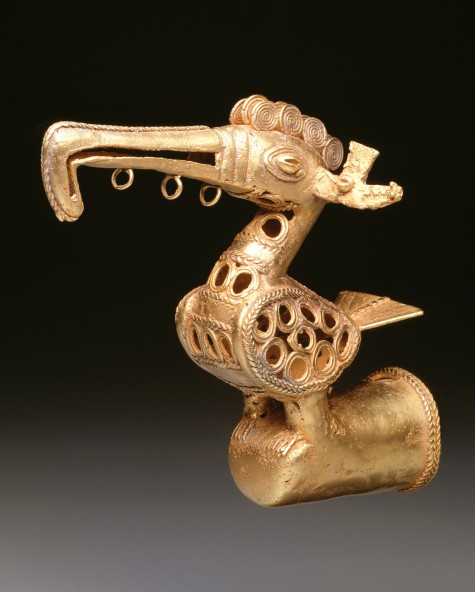
Zenu culture, "Bird-form finial", c. A.D. 500-1500, Dallas Museum of Art, The Nora and John Wise Collection, gift of Mr. and Mrs. Jake L. Hamon, the Eugene McDermott Family, Mr. and Mrs. Algur H. Meadows and the Meadows Foundation, and Mr. and Mrs. John D. Murchison
On the fifth day of Christmas my true love gave to me…”The Golden Fleece” ring
On the sixth day of Christmas my true love gave to me…Geese
On the seventh day of Christmas my true love gave to me a…Bridge at Pont-Aven, 1891
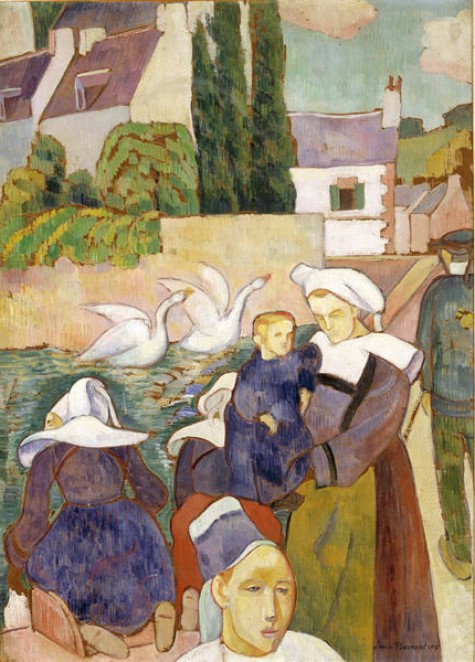
Emile Bernard, "Bridge at Pont-Aven, 1891", 1891, Dallas Museum of Art, gift of the Estate of Ina MacNaughton
On the eighth day of Christmas my true love gave to me…The Maids
On the ninth day of Christmas my true love gave to me…Ballet Dancers on the Stage
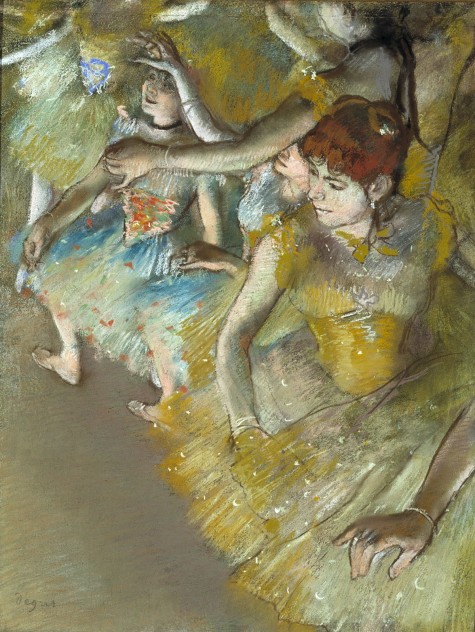
Edgar Degas, "Ballet Dancers on the Stage", 1883, Dallas Museum of Art, gift of Mr. and Mrs. Franklin B. Bartholow
On the tenth day of Christmas my true love gave to me a…Portrait of Lord Lovat
On the eleventh day of Christmas my true love gave to me a…Young Man with a Flute
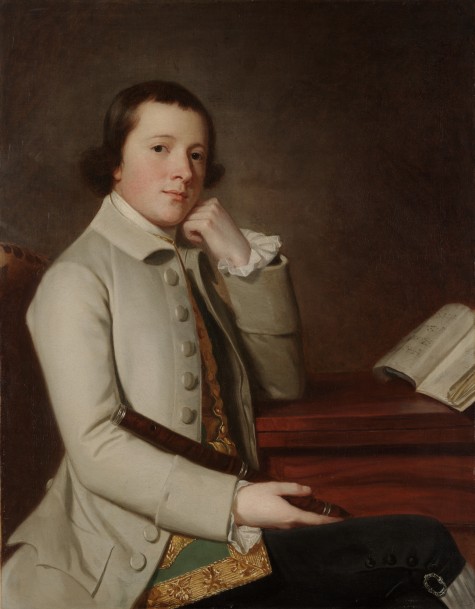
George Romney, "Young Man with a Flute", late 1760s, Dallas Museum of Art, bequest of Mrs. Sheridan Thompson
On the twelfth day of Christmas my true love gave to me…Drum Solos
Stacey Lizotte is the Head of Adult Programming and Multimedia Services at the Dallas Museum of Art.
